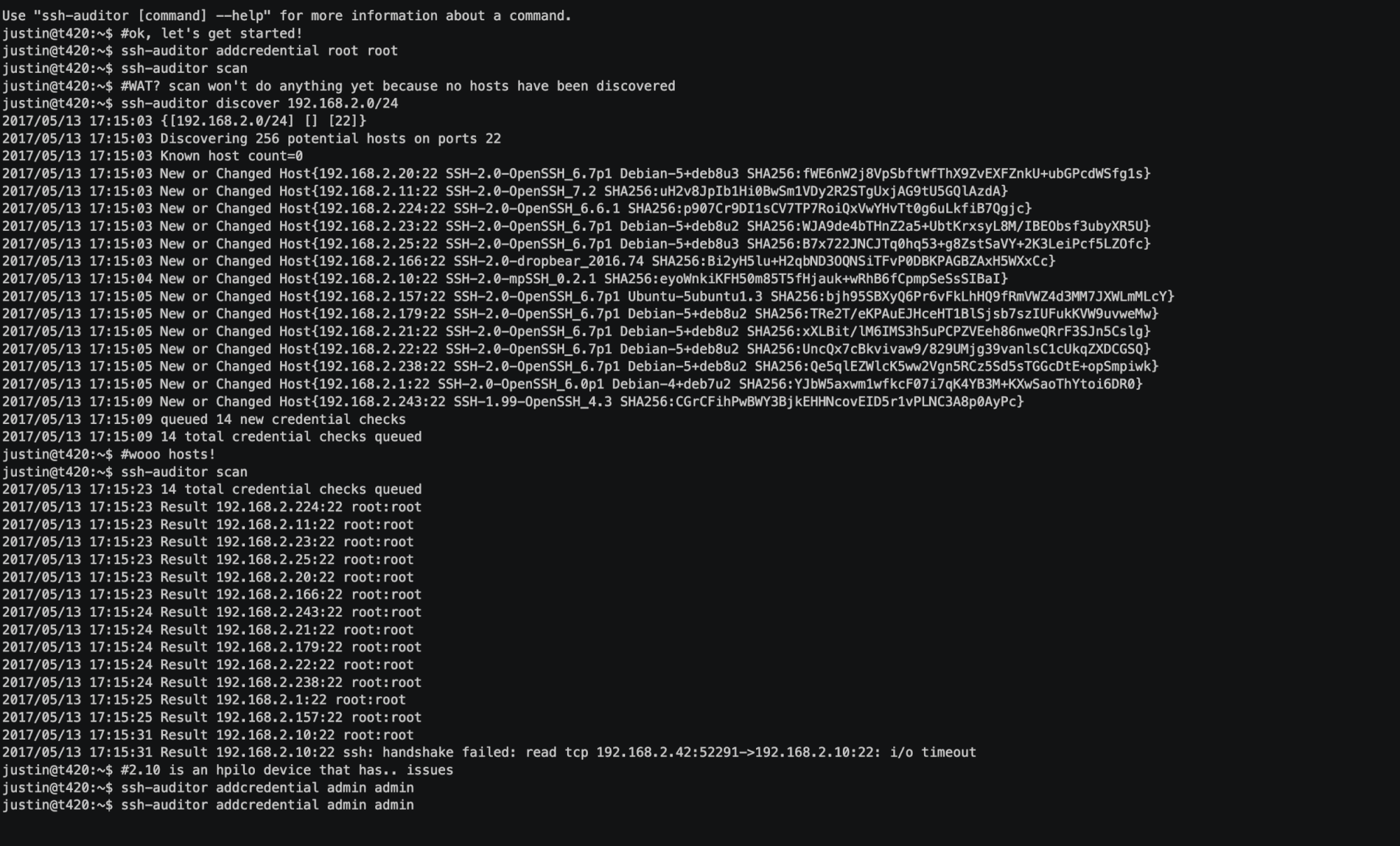Secure Shell (SSH) is a vital tool for managing remote devices securely, especially when working with IoT ecosystems. In today's interconnected world, where remote access to devices is essential, understanding how to use SSH with RemoteIoT platforms can significantly enhance your workflow. This guide dives into the SSH RemoteIoT tutorial, offering step-by-step instructions, expert tips, and troubleshooting advice to help you master secure remote connections. Whether you're a beginner or an experienced developer, this article will equip you with the knowledge to confidently manage IoT devices from anywhere in the world.
RemoteIoT platforms are transforming the way we interact with IoT devices, providing seamless access and control over networks. SSH plays a pivotal role in this process by encrypting data transmissions and ensuring secure communication. With the rise of IoT applications, the demand for secure remote access solutions has never been higher. This SSH RemoteIoT tutorial will walk you through the essentials of setting up SSH for your IoT devices, ensuring both convenience and security.
From configuring SSH keys to troubleshooting common issues, this guide covers everything you need to know about SSH RemoteIoT connections. By the end of this tutorial, you'll have the skills to manage your IoT devices remotely while maintaining robust security protocols. Whether you're managing a small IoT project or overseeing a large-scale deployment, mastering SSH is a game-changer for your workflow.
Read also:Will Grown Ups 3 Happen Exploring The Possibility Of A Third Installment
- What is SSH RemoteIoT Tutorial?
- How Does SSH Work in RemoteIoT?
- Why Use SSH for RemoteIoT?
- How to Set Up SSH RemoteIoT Tutorial?
- Step-by-Step Guide to Configure SSH
- Common Issues in SSH RemoteIoT Tutorial
- How to Troubleshoot SSH RemoteIoT Connections?
- Best Practices for SSH RemoteIoT Security
- What Are the Benefits of SSH RemoteIoT Tutorial?
- Future of SSH in RemoteIoT
What is SSH RemoteIoT Tutorial?
SSH RemoteIoT tutorial refers to a comprehensive guide that helps users understand and implement Secure Shell (SSH) protocols for managing IoT devices remotely. SSH is a cryptographic network protocol that allows secure communication between two devices over an unsecured network. When combined with RemoteIoT platforms, SSH becomes a powerful tool for accessing and controlling IoT devices without compromising security.
Key Features of SSH in RemoteIoT
- End-to-end encryption for secure data transmission.
- Authentication mechanisms to verify user identity.
- Support for remote command execution and file transfers.
How Does SSH RemoteIoT Tutorial Help?
This SSH RemoteIoT tutorial simplifies the process of setting up SSH for IoT devices, making it accessible even for beginners. By following this guide, you can ensure secure and efficient remote access to your IoT ecosystem.
How Does SSH Work in RemoteIoT?
SSH operates by establishing a secure connection between a client and a server. In the context of RemoteIoT, the client is your local machine, and the server is the IoT device you want to manage remotely. The SSH protocol uses encryption to protect data during transmission, ensuring that sensitive information remains confidential.
Understanding the SSH Process
When you initiate an SSH connection, the following steps occur:
- The client sends a connection request to the server.
- The server responds with its public key.
- The client verifies the server's identity and generates a session key.
- Both the client and server use the session key to encrypt and decrypt data during the session.
Why is SSH Secure for RemoteIoT?
SSH is considered one of the most secure protocols for remote access because it encrypts all data, including passwords and commands. This makes it nearly impossible for attackers to intercept or tamper with the communication.
Why Use SSH for RemoteIoT?
SSH is the preferred choice for managing IoT devices remotely due to its robust security features. Unlike other protocols, SSH ensures that your data remains private and your devices are protected from unauthorized access. Additionally, SSH supports advanced features like port forwarding and tunneling, which are essential for IoT applications.
Read also:Mimia Cute Exploring The Adorable World Of A Rising Star
Advantages of Using SSH in RemoteIoT
- Enhanced security through encryption.
- Support for multiple authentication methods.
- Compatibility with various operating systems and devices.
What Makes SSH Ideal for IoT?
IoT devices often operate in unsecured environments, making them vulnerable to cyberattacks. SSH mitigates these risks by providing a secure channel for communication, ensuring that your devices remain safe and accessible.
How to Set Up SSH RemoteIoT Tutorial?
Setting up SSH for RemoteIoT involves several steps, from installing the necessary software to configuring your devices. This SSH RemoteIoT tutorial provides a detailed walkthrough to help you get started.
Step 1: Install SSH Client and Server
To begin, you'll need to install an SSH client on your local machine and an SSH server on your IoT device. Popular SSH clients include OpenSSH and PuTTY, while most IoT platforms come with built-in SSH server support.
What Tools Do You Need for SSH RemoteIoT Tutorial?
For this SSH RemoteIoT tutorial, you'll need:
- An SSH client like OpenSSH or PuTTY.
- An IoT device with SSH server capabilities.
- A stable internet connection.
Step-by-Step Guide to Configure SSH
Configuring SSH involves generating SSH keys, setting up authentication, and testing the connection. Follow these steps to ensure a smooth setup process.
Step 2: Generate SSH Keys
SSH keys are used to authenticate your identity without requiring a password. To generate SSH keys, use the following command:
ssh-keygen -t rsa -b 4096
This command creates a pair of public and private keys, which you'll use to authenticate your SSH connection.
How to Add SSH Keys to Your IoT Device?
Once you've generated your SSH keys, copy the public key to your IoT device using the following command:
ssh-copy-id user@iot-device-ip
Common Issues in SSH RemoteIoT Tutorial
While setting up SSH for RemoteIoT, you may encounter several common issues. These include connection timeouts, authentication failures, and key mismatches. Understanding these problems and their solutions is crucial for a successful setup.
Issue 1: Connection Timeout
A connection timeout occurs when your SSH client cannot reach the IoT device. This may be due to network issues or incorrect IP addresses. To resolve this, ensure that your IoT device is connected to the internet and that you're using the correct IP address.
What Causes Authentication Failures?
Authentication failures often occur when the SSH keys are not properly configured or when the wrong username is used. Double-check your SSH keys and ensure that you're using the correct credentials.
How to Troubleshoot SSH RemoteIoT Connections?
Troubleshooting SSH connections involves identifying the root cause of the issue and applying the appropriate solution. This SSH RemoteIoT tutorial provides tips and tricks to help you resolve common problems.
Troubleshooting Tip 1: Check Network Connectivity
Ensure that both your local machine and IoT device are connected to the internet. Use the ping command to test connectivity:
ping iot-device-ip
How to Verify SSH Key Configuration?
To verify your SSH key configuration, use the following command:
ssh -v user@iot-device-ip
This command provides detailed logs that can help you identify issues with your SSH setup.
Best Practices for SSH RemoteIoT Security
Securing your SSH connections is essential for protecting your IoT devices from cyber threats. Follow these best practices to enhance the security of your SSH RemoteIoT setup.
Use Strong Passwords and SSH Keys
Always use strong, unique passwords and SSH keys to prevent unauthorized access. Avoid using default credentials and regularly update your keys.
Why Disable Root Login?
Disabling root login reduces the risk of brute-force attacks. Instead, create a non-root user with administrative privileges to manage your IoT devices.
What Are the Benefits of SSH RemoteIoT Tutorial?
This SSH RemoteIoT tutorial offers numerous benefits, including improved security, streamlined device management, and enhanced productivity. By mastering SSH, you can efficiently manage your IoT devices while maintaining robust security protocols.
Benefit 1: Enhanced Security
SSH encrypts all data transmissions, ensuring that your IoT devices remain protected from cyber threats.
How Does SSH Improve Productivity?
SSH allows you to manage IoT devices remotely, saving time and resources. With SSH, you can execute commands, transfer files, and monitor device performance from anywhere in the world.
Future of SSH in RemoteIoT
As IoT technology continues to evolve, the role of SSH in RemoteIoT will become even more critical. With the increasing number of connected devices, secure remote access solutions like SSH will be essential for managing IoT ecosystems.
Emerging Trends in SSH and IoT
New advancements in SSH technology, such as quantum-resistant encryption and AI-driven security protocols, are set to revolutionize the way we manage IoT devices. Stay ahead of the curve by keeping up with the latest developments in SSH and IoT.
What Can We Expect from SSH in the Future?
In the future, SSH is expected to integrate seamlessly with emerging IoT platforms, offering even more robust security features and user-friendly interfaces. By mastering SSH now, you'll be well-prepared for the future of IoT management.

